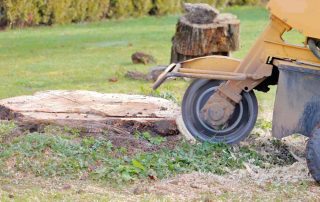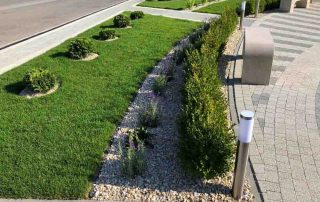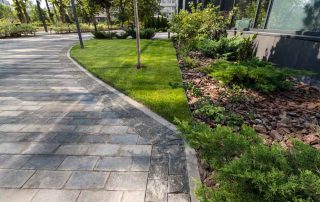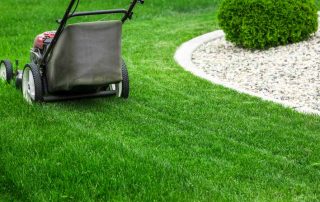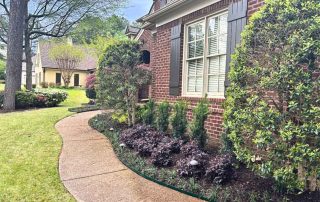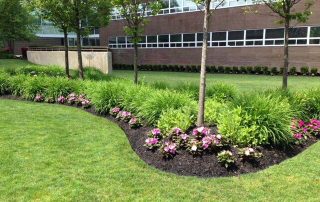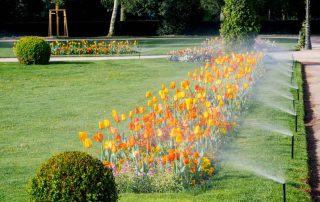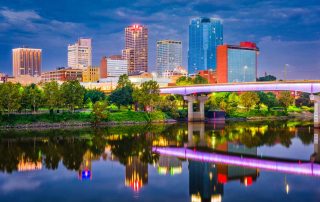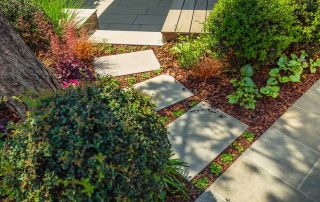Nature’s Pruning Why Commercial Landscaping Tree Removal is Essential for a Thriving Environment
Pugh's Earthworks In the bustling world of commercial properties, landscaping plays a crucial role in creating a welcoming environment. Yet, the importance of tree maintenance and removal often goes unnoticed. Commercial Landscaping Tree Removal is not just about aesthetics; it is about preserving ecological balance and ensuring safety. This blog post will explore the crucial aspects of tree removal services, sustainable practices, and the impact on the environment. The Unsung Heroes Trees in Commercial Landscaping Trees provide more than just shade on a hot day. They are vital components of commercial landscapes, offering beauty, improved air quality, and habitats for wildlife. However, like all living things, trees can suffer from age, disease, or damage, leading to potential hazards if not properly managed. Removing sick and dying trees is crucial for maintaining the health of your landscape. Diseased trees can spread illness to nearby healthy plants, resulting in widespread damage. Timely tree removal helps prevent this, ensuring the vitality of the entire landscape. Additionally, dead or dying trees can pose significant safety risks, including falling branches or the entire tree toppling over, which can endanger people and property. Pugh's Earthworks offers regular tree maintenance, including pruning and removal, when necessary, contributes to a well-balanced ecosystem. It allows sunlight to reach lower plant life, enhances biodiversity, and ensures that the remaining trees thrive. Understanding Tree Removal Services Tree removal services are specialized operations that require careful planning and execution. It is not merely about cutting down a tree; it is about understanding the tree's condition, the landscape's requirements, and environmental considerations. At Pugh's Earthworks we assess the health of the trees, identifying those that pose risks due to disease or structural weakness. They employ techniques that minimize damage to the surrounding landscape while ensuring the safe removal of the tree. The expertise of these professionals ensures that the process is efficient, safe, and aligned with environmental standards. For commercial property managers, hiring experts in tree removal is essential. They bring knowledge of local regulations, ensuring compliance with environmental laws and preservation guidelines. This expertise protects property managers from potential legal issues and enhances the overall appearance and safety of the property. Sustainable Landscaping Practices Sustainability is a modern buzzword, but in landscaping, it represents a commitment to environmental stewardship. Sustainable landscaping involves using resources wisely and making decisions that benefit both the environment and the property. Incorporating sustainable practices into tree removal and landscaping means choosing native plants that require less water and maintenance. It also involves using eco-friendly products and methods that reduce pollution and waste. Sustainable landscaping ensures that the property's natural resources are preserved for future generations, enhancing the property's value and appeal. Tree removal, when done sustainably, includes recycling or reusing the wood and debris. This approach minimizes waste and can provide additional resources, such as mulch or firewood, that can be used within the property or sold to support community initiatives. The Art and Science of Stump Removal After a tree has been removed, the remaining stump [...]

